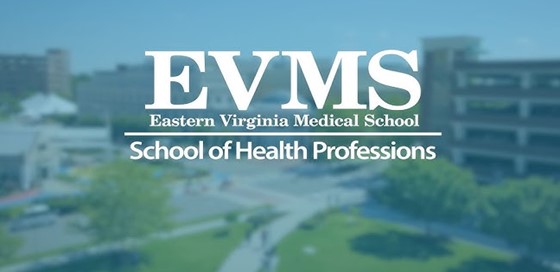ORCID
0000-0003-1208-8698 (Burbage), 0009-0005-7428-5648 (Hewitt)
Document Type
Article
Publication Date
2025
DOI
10.1111/medu.15539
Publication Title
Medical Education
Volume
59
Issue
6
Pages
640-651
Abstract
Introduction
Recruiting and training a diverse pool of physicians from historically excluded groups is vital to solving complex scientific problems and increasing access to patient care. Disparate educational and health outcomes of COVID-19 amplified this need. In stratified higher education systems, underfunded institutions that serve greater numbers of underrepresented in medicine (URM) students face unique barriers to entering physician training. However, pathways from historically underfunded minority-serving institutions (MSIs) in the United States to medical school (MD) are not well understood.
Method
A hierarchical logistic regression analysis of 328 488 de-identified applicants to US MD-granting medical schools for academic years 2017-2018 through 2022-2023 was used to determine predictors of acceptance based on MSI attendance compared to predominantly White institutions (PWI) and other literature-informed predictors. An interrupted time series analysis determined the significance in changes in observed differences in application acceptance before and after the COVID-19 pandemic.
Results
In model 1, MSI attendance was associated with significantly lower odds of acceptance, with a 42% to 52% chance of acceptance compared to PWI applicants. Adding MCAT and GPA significantly increased odds of acceptance for most MSI applicants in model 2. MSI attendance, MCAT, GPA and socio-economic status indicators were useful predictors, improving the acceptance model by 39% better than the null model. Although some predictors showed a change in odds over time, none changed significantly when comparing before and after COVID-19.
Discussion
MSI attending students were less likely to be admitted to MD programmes, highlighting systemic stratification until other academic factors were introduced to the model that alleviated lower odds, and the COVID-19 pandemic did not substantially change these trends. Improved pathways and strengthened institutional relationships between institutions that have greater proportions of underrepresented students and medical schools may help improve MSI applicant odds furthering diversity within the physician-trained workforce.
Rights
This is an open access article under the terms of the Creative Commons Attribution-NonCommercial License, which permits use, distribution and reproduction in any medium, provided the original work is properly cited and is not used for commercial purposes.
© 2024 The Author(s). Medical Education published by Association for the Study of Medical Education and John Wiley & Sons Ltd.
Data Availability
Article states: "This material is based upon data provided by the Association of American Medical Colleges (AAMC). The views expressed herein are those of the authors and do not necessarily reflect the position or policy of the AAMC."
Original Publication Citation
Burbage, A. K., & Hewitt, E. Y. (2025). Exploring institutional stratification: Minority-serving institutional pathways to medical school acceptance in the United States. Medical Education, 59(6), 640-651. https://doi.org/10.1111/medu.15539
Repository Citation
Burbage, A. K., & Hewitt, E. Y. (2025). Exploring institutional stratification: Minority-serving institutional pathways to medical school acceptance in the United States. Medical Education, 59(6), 640-651. https://doi.org/10.1111/medu.15539
Included in
Disability and Equity in Education Commons, Health and Medical Administration Commons, Medical Education Commons


